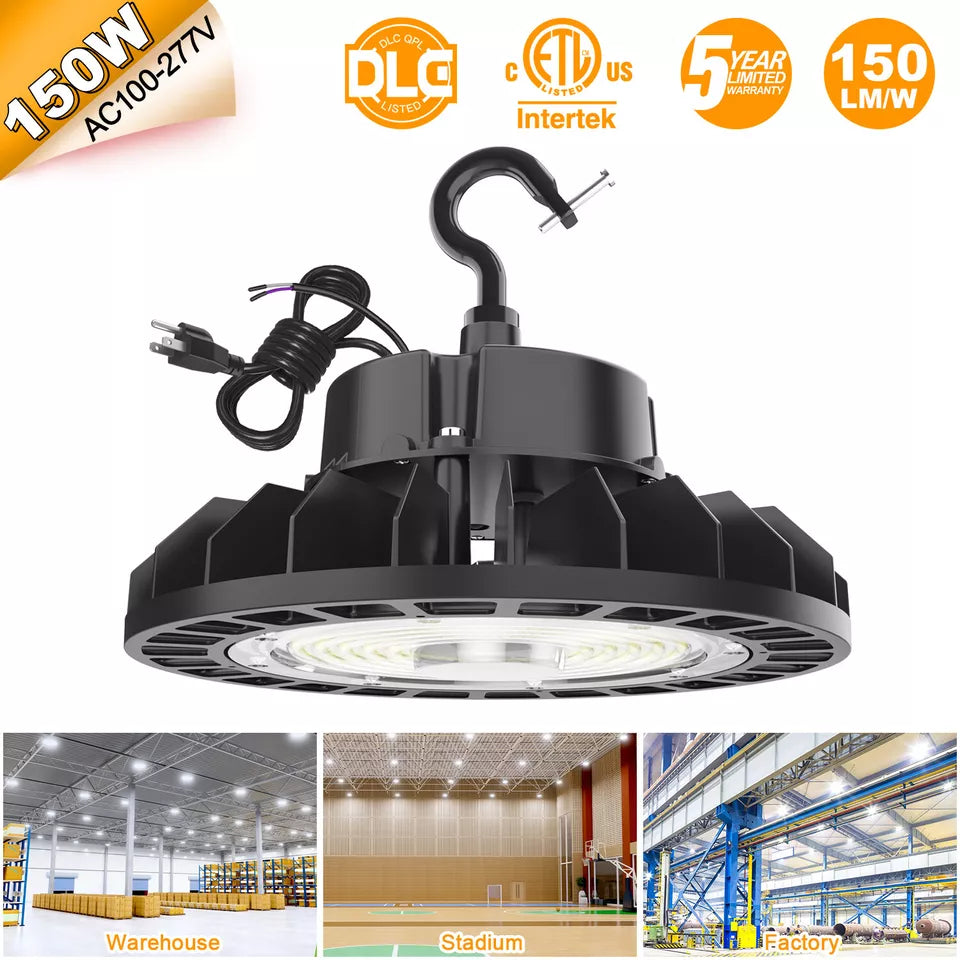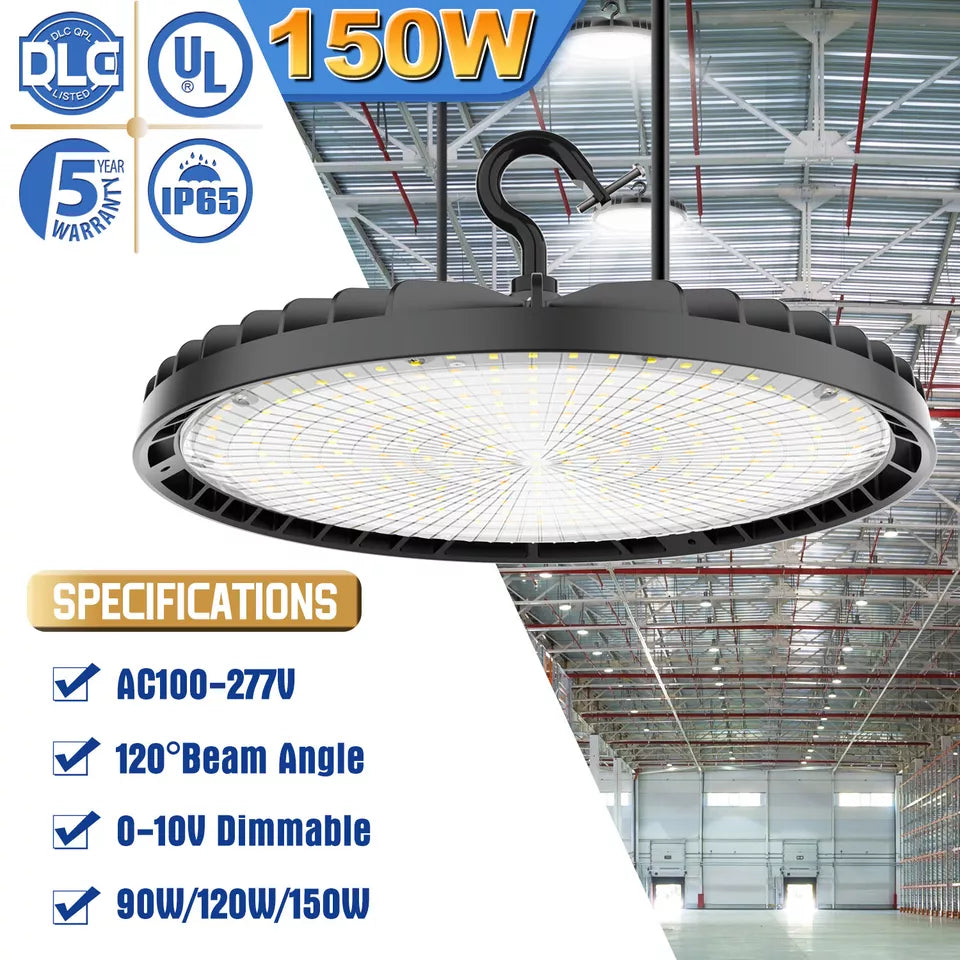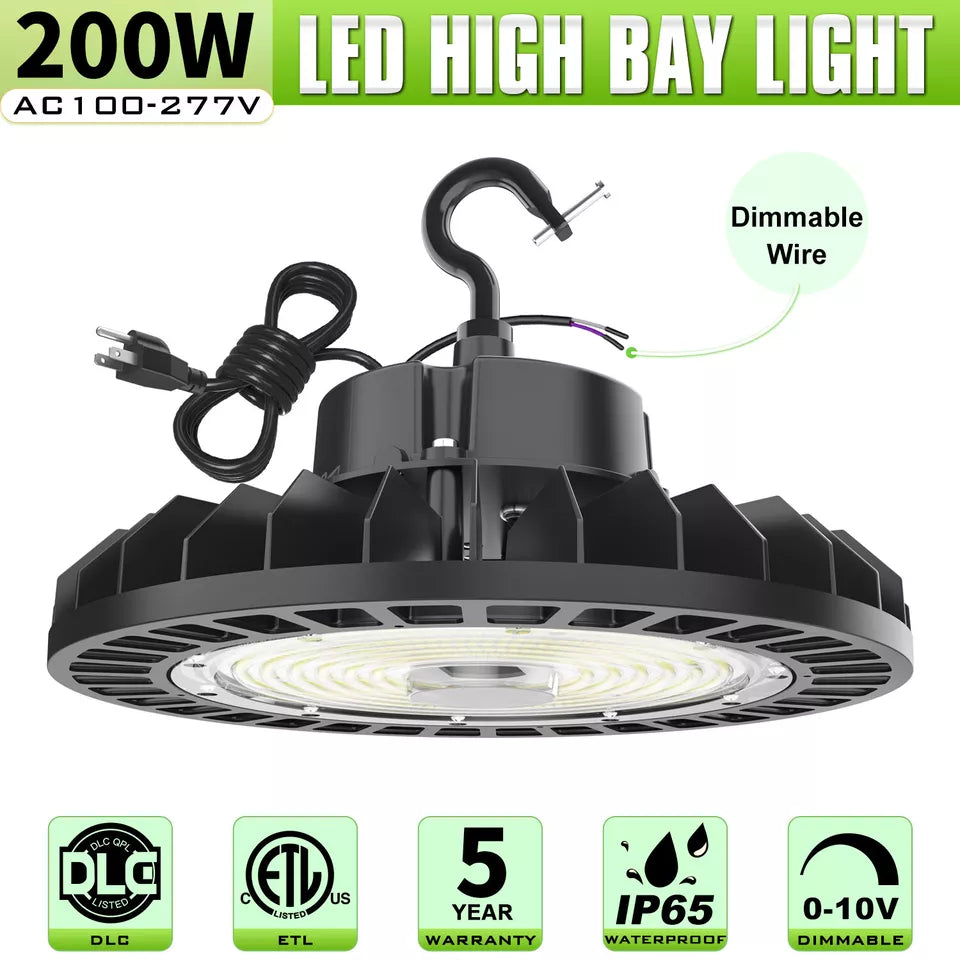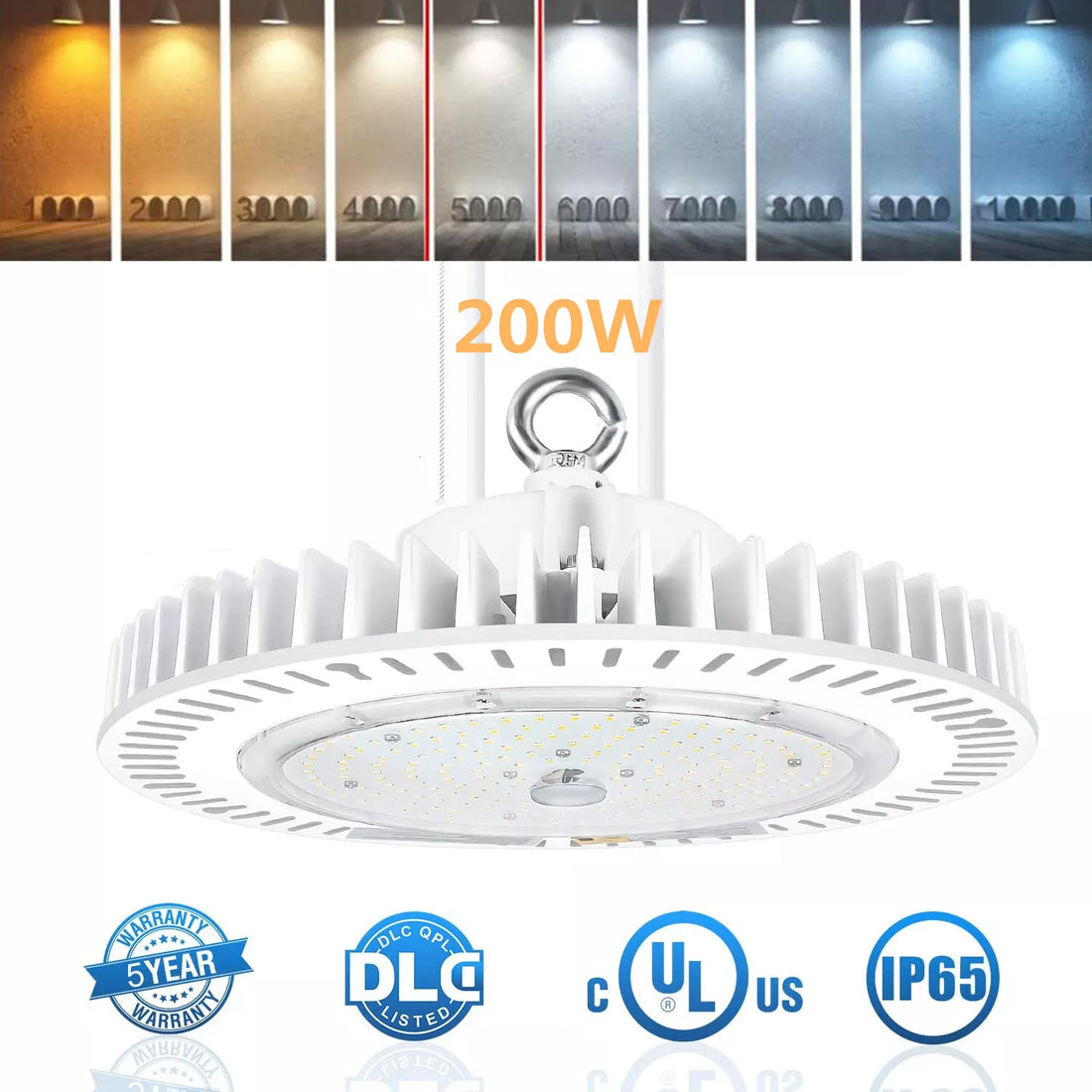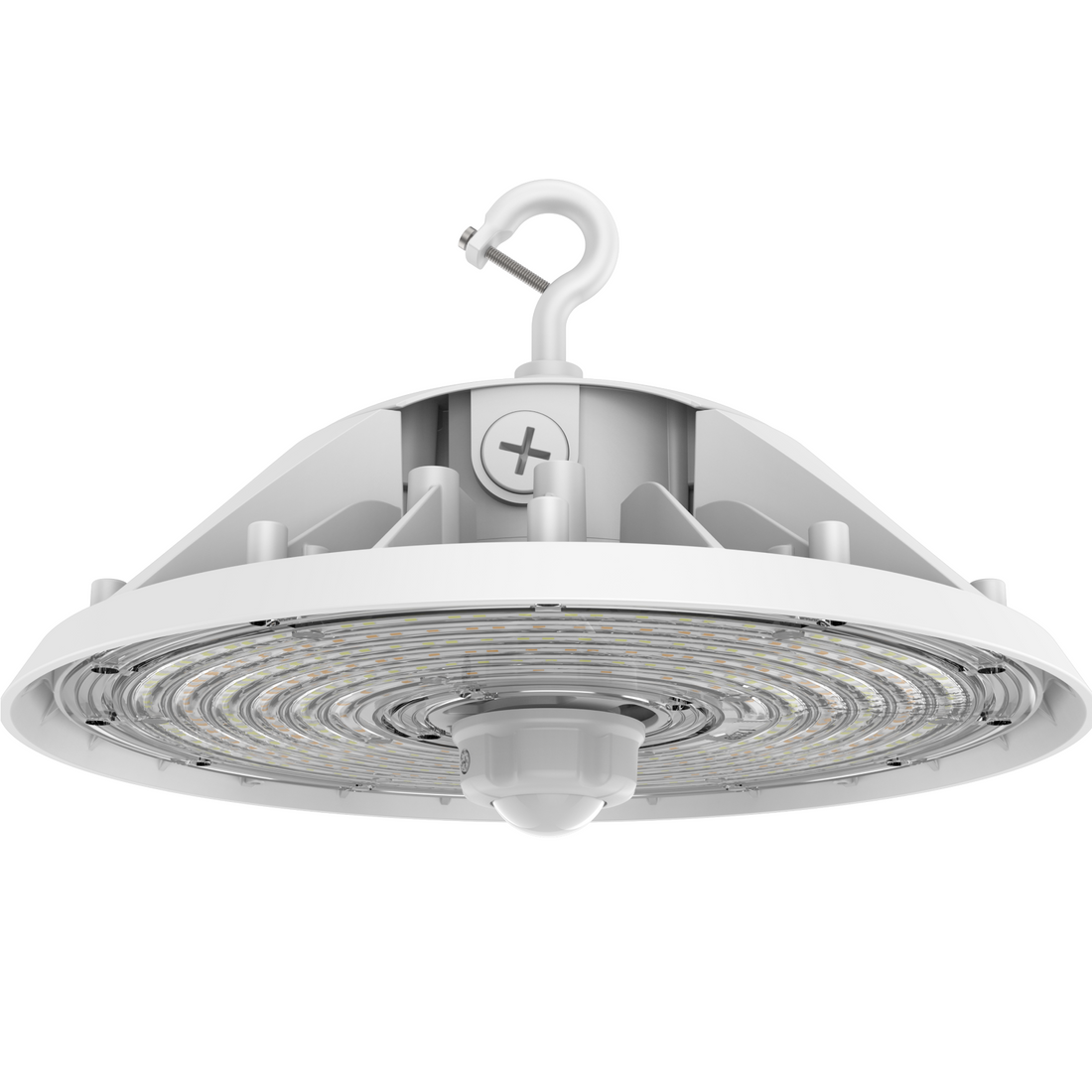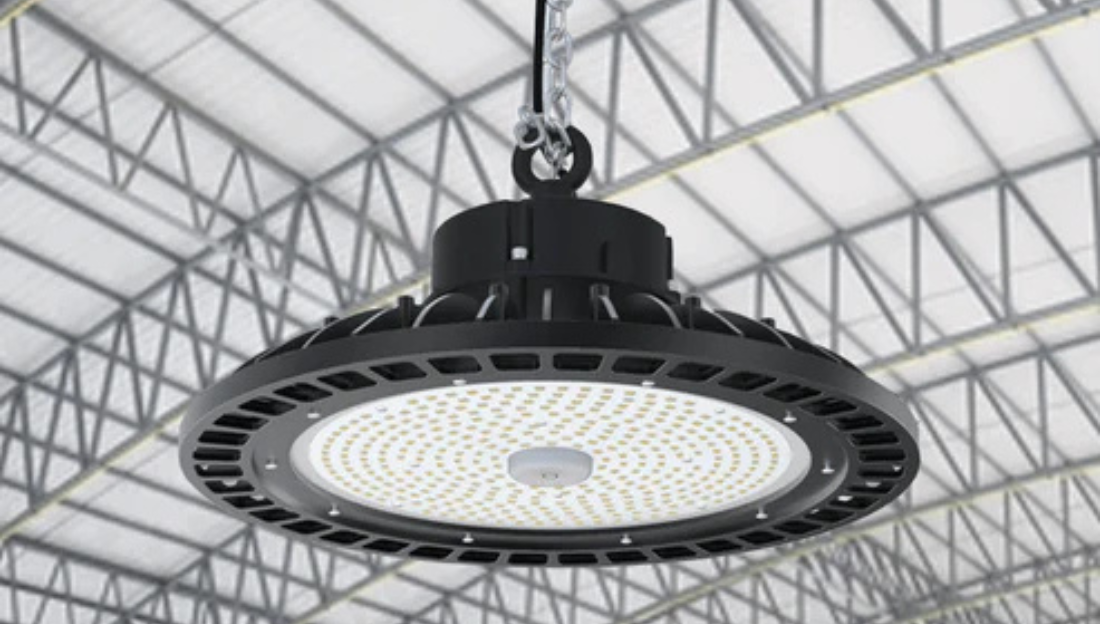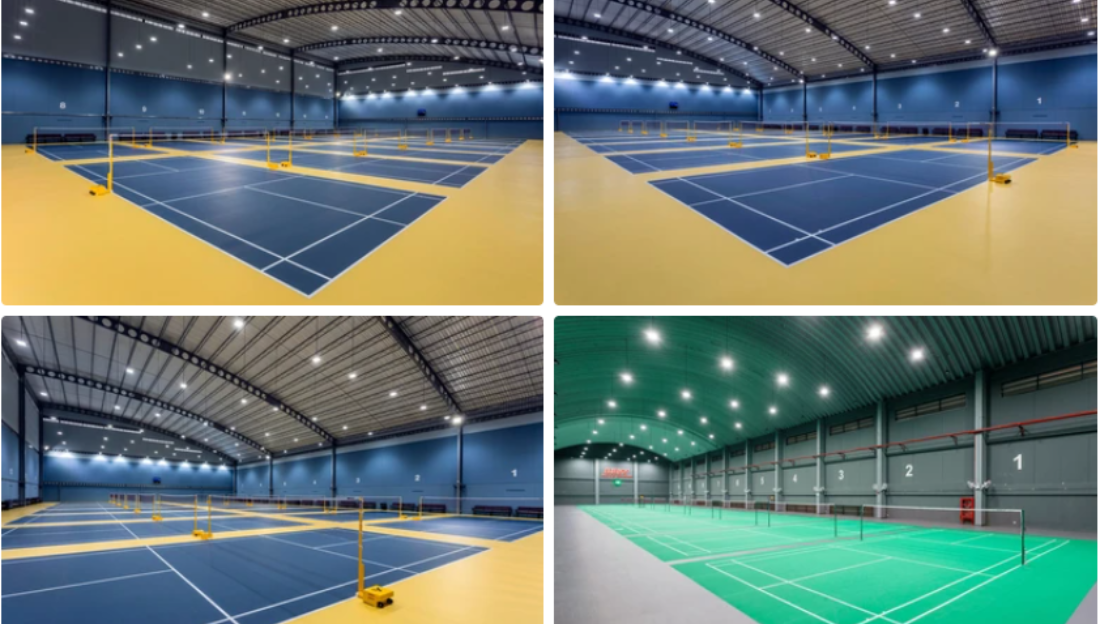Index
-
Introduction
-
Importance of Proper High Bay Lighting Layout
-
Factors to Consider for High Bay Lighting Design
-
Recommended Spacing Guidelines
-
Steps to Layout High Bay Lighting
-
Useful Graph for Light Distribution
-
Useful Table for Fixture Spacing
-
FAQs
1. Introduction
High bay lighting is essential for large indoor spaces such as warehouses, factories, gyms, and retail stores. Properly laying out high bay lighting ensures even illumination, energy efficiency, and a safer working environment.
2. Importance of Proper High Bay Lighting Layout
-
Enhances visibility and reduces eye strain
-
Prevents dark spots and over-illumination
-
Improves workplace safety and productivity
-
Helps in energy efficiency and cost reduction

3. Factors to Consider for High Bay Lighting Design
-
Ceiling Height: Typically, high bay lights are used for ceilings 20 feet or higher.
-
Lumen Output: The amount of light required depends on the application.
-
Spacing Between Fixtures: Should be optimized to avoid shadows or excessive brightness.
-
Beam Angle: Determines how light spreads across the area.
-
Type of Light Source: LED lights are preferred due to energy efficiency and longevity.
4. Recommended Spacing Guidelines
Below is a general guideline for fixture spacing based on ceiling height:
| Ceiling Height | Recommended Spacing (General Lighting) | Recommended Spacing (Bright Lighting) |
|---|---|---|
| 15-20 ft | 12-15 ft | 10-12 ft |
| 20-30 ft | 15-20 ft | 12-15 ft |
| 30-40 ft | 20-25 ft | 15-20 ft |
5. Steps to Layout High Bay Lighting
-
Measure the Area: Determine the total square footage of the space.
-
Determine Required Lumens: The recommended lumens per square foot:
-
Warehouse: 10-30 lumens/sq. ft.
-
Retail: 50 lumens/sq. ft.
-
Assembly Line: 75 lumens/sq. ft.
-
-
Choose the Right Fixtures: Select appropriate wattage and beam angles based on the ceiling height.
-
Plan Fixture Placement: Use a grid layout to ensure even distribution of light.
-
Test and Adjust: Install and test the setup, making adjustments if necessary.
6. Useful Graph for Light Distribution

7. Useful Table for Fixture Spacing
| Ceiling Height | Suggested Wattage (LED) | Beam Angle |
| 15-20 ft | 100-150W | 120° |
| 20-30 ft | 150-200W | 90° |
| 30-40 ft | 200-300W | 60° |
8. FAQs
Q1: How many high bay lights do I need?
A: Divide the total lumens required by the lumens per fixture to get an approximate number.
Q2: What is the best beam angle for high bay lighting?
A: It depends on the ceiling height:
-
120° for low ceilings (15-20 ft)
-
90° for medium ceilings (20-30 ft)
-
60° for high ceilings (30-40 ft)
Q3: Should I use motion sensors with high bay lights?
A: Yes, motion sensors can help save energy by turning off lights when no activity is detected.
Q4: Can I replace metal halide high bay lights with LED?
A: Yes, High Bay LED Lights offer better energy efficiency, longer lifespan, and lower maintenance costs.
By following these guidelines, you can ensure an effective high bay lighting layout that enhances productivity and efficiency in your space.



